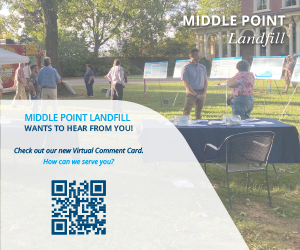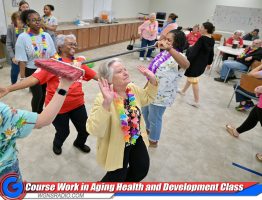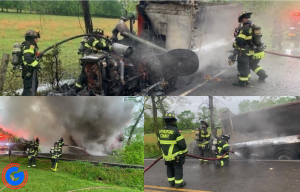You can now add a fourth "D" to the list of growing perils behind the wheel: "Drowsiness." Besides driving drunk, drugged, and distracted, new information from the Governors Highway Safety Association reveals 21 hours without sleep is equivalent to a blood-alcohol content of 0.08 percent, pushing the legal limit in all states. A driver who gets just two fewer hours of sleep in a single day may mimic someone who has a blood-alcohol content level of 0.05 percent.
An estimated 83.6 million sleep-deprived Americans are hitting the roadways daily. And it's taking a toll - approximately 5,000 lives were lost in drowsy driving-related crashes last year. The report was funded through a grant from State Farm with guidance from an expert panel.
The danger has prompted the National Highway Traffic Safety Administration (NHTSA) to expand its definition of impaired driving to include not only drunk, drugged, and distracted, but also drowsy. The agency just revealed the annual societal cost of fatigue-related fatal and injury crashes is a staggering $109 billion, not including property damage.
Countermeasures:
-
Improve sleep education. You need an average of 7 hours of sleep a night. Establish a routine. Avoid caffeine late in the afternoon or evening; its effects can take up to eight hours to wear off. Do not take naps after 3 p.m. They can make up for lost sleep, but late afternoon naps can make it harder to fall asleep at night.
-
Strengthen Graduated Driver Licensing (GDL) laws to limit certain hours of nighttime driving for teens, who are significantly more apt to get into a serious car crash.
-
Examine workplace policies. Consider limiting employees from driving fatigued while driving company vehicles or on company time.
-
Law enforcement training. An Internet survey of USA and Canadian police officers showed that 80 percent of them had stopped a driver who they believed was drunk, only to discover they were drowsy (AAA Foundation). Officers should discuss with motorists the comparisons of drowsy and drunken driving when it comes to reaction times and impaired judgment.
-
Public awareness and education. More information is needed on the problem and how to correct it. Companies, nonprofits, and community leaders are encouraged to incorporate best practices in campaigns, policies, and communications. In addition, driver education programs can address the problem as part of their curriculum.












